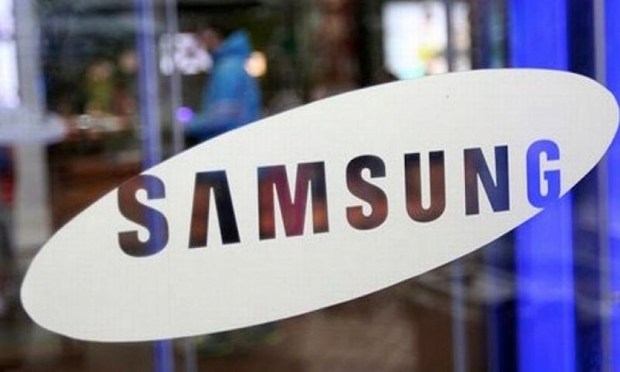Memory And Mining Chips Send Samsung Soaring

It was a solid earnings report for Samsung in the fourth quarter of 2017, as earnings surged due to strong sales of the manufacturer’s memory chips, the company said in an announcement.
Samsung’s components business, particularly the division that manufactures DRAM and NAND memory, drove earnings due to strong demand for the company’s high-performance memory products for servers and mobile storage. Coming into 2018, Samsung expects its earnings to rise along with demand for its process products for the year’s flagship smartphones, in addition to growing demand for cryptocurrency mining chips.
But on the downside, Samsung faced challenges with its System LSI and Foundry businesses, as weak seasonality impacted the growth of those product lines. And its operating profit was impacted by the appreciation of the Korean won against the U.S. dollar and other major world currencies. A one-time incentive payment to employees of its semiconductor division also impacted earnings.
So, what was the play-by-play?
By the Numbers
Samsung’s total revenue during the fourth quarter was $65.98 trillion won. Earnings per share logged in at $65,978.40 won, which was slightly below analyst’s expectations of $66,696.90 won per share.
In fact, it was so notably lower that Samsung’s board of directors approved a 50:1 stock split on Wednesday (Jan. 31). According to an announcement, the company had received numerous requests for a stock split as its shares rose dramatically during 2017.
Greg Roh, an analyst at HMC Investment Securities Co., told Bloomberg: “There’ve been calls for a stock split in the market to increase liquidity and Samsung’s embracing them now.” Following the announcement of the split, shares surged 8.7 percent.
Cryptocurrency, TV and Phones
Even though Samsung faced weak seasonality that impacted earnings in its Foundry business, the company secured new customers in China. In the first quarter, Samsung expects their earnings to rise as they ramp up production of their second-generation 10-nanometer process products for smartphones and demand grows for cryptocurrency mining chips.
For its display panel business in 2018, Samsung expects organic light emitting diodes (OLED) to become a mainstream panel in the smartphone industry, with the technology implemented into foldable, automotive and IT displays. For liquid crystal display (LCD) panels, the company plans to focus on meeting market demand for ultra large-size and high-resolution TVs.
In its smartphone business, Samsung plans to focus on increasing sales of premium products, while holding the line on mid-range to low-end products. It plans to expand its networks business to accommodate 5G in Korea, U.S. and Japan.
The earnings report comes months after news surfaced that Samsung teamed up with its fierce rival, Apple, to supply the semiconductors and OLED screens for the iPhone X. And, in November of last year, rumors swirled that Samsung is moving forward with manufacturing a bendable smartphone stem.
